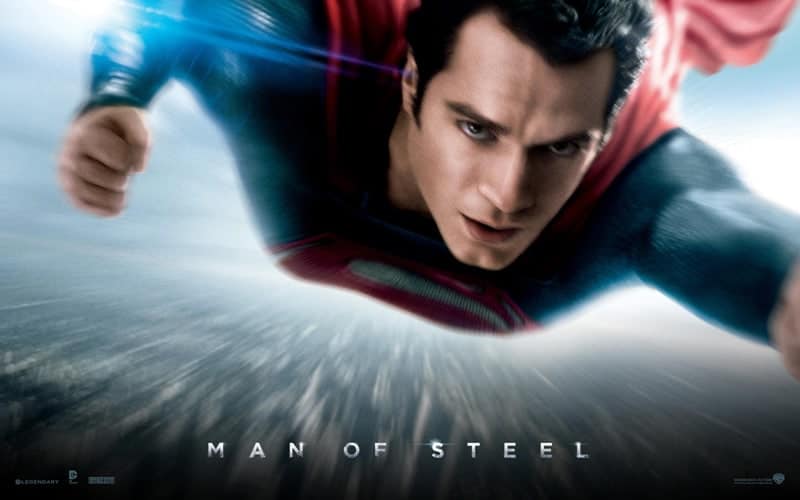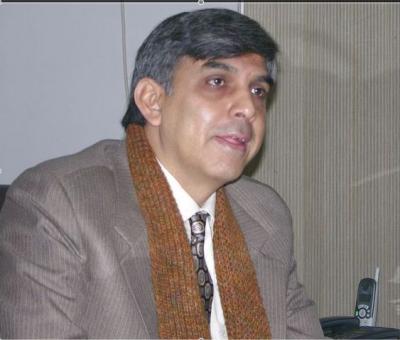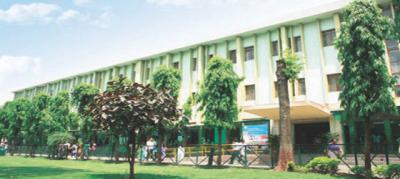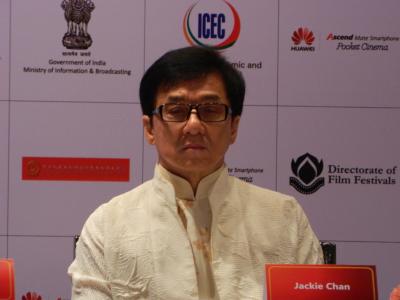Every year, St. Stephen’s College has its own procedure for admissions. After the forms are filled, there is a release of cut-offs followed by interviews. Admissions are based on marks obtained in the Qualifying Examination(s) and on interviews held for candidates whose marks are above the cut-offs. The interview list will be out on Saturday, 22nd June. (For entire Admissions 2013 coverage click here)
Here is St. Stephen’s category wise cut-off for 2013:
Economics received the highest BFS cut-off when compared to the other courses at St. Stephen’s. The cut-off happens to be almost the same when compared to that of 2012. For the general category, the course has a requirement of 85% marks in Maths while students under the SC/ST category have an additional qualifying criteria of 80%.
Number of seats available in Economics: 100
Mathematics cut-offs have surely risen when compared to the previous year’s cut-off. For the general category, commerce students now require a BFS of 97 instead of 96.25 last year while science students need a 96.5 instead of the 96 that was present last year. The biggest leap is required by Humanities students who would now require a 94.5. The rise in cut-off is not exclusive to the general category since other categories also show a higher percentage requirement for the course than before. The BFS score should be inclusive of the applicant’s mathematics score.
Number of seats available in Mathematics: 50
English with its tag of one of the most sought after courses in the college, does show a slight rise in the course cut-off. Until last year, while other courses were providing admissions for English on the basis of CATE (Common Aptitude Test for English), Stephen’s has always chosen candidates on the basis of the cut-off and the interview. When compared to 2012, the cut-off for the generally category has seen a slight rise of 1% for commerce students and 0.5% for humanities students. Students from science still need an extremely high percentage of 98%, same as last year. The SC/ST category also shows a significant rise of 2-3% for students from all the three academic backgrounds.
Number of seats available in English: 60
History sees a slight rise in the cut-off with an increase of around 0.5-1% for the general category. The SC/ST category however, shows a steep rise of 2-3% when compared to the 2012 cut-off of St. Stephen’s.
Number of seats available in History: 60
Philosophy under the general category has shown the maximum rise. The difference between the cut off for the two years reflects a change of up to 5.5%.
Number of seats available in Philosophy: 10
Sanskrit with a 65% BFS requirement across all streams and categories, continues to stay the same as last year.
Number of seats available in Sanskrit: 10
Chemistry has received a 1% rise for the general category cut off changing last year’s 95 PCM requirement to a 96 this year. With regards, to the SC/ST category the change is again significant with a difference of 4%.
Number of seats available in Chemistry: 60
Physics cut off records a rise of around 0.67% across all the categories. The subject continues to stay one of the most sought after courses of the college.
Number of seats available in Physics: 60
Update: Students can check the Interview Schedule here.
























